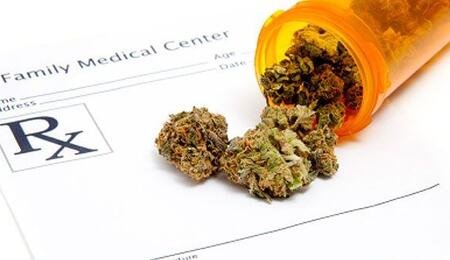Prescription Drug Flood

In America, where the effects of the prescription opiate problem is regularly described as an “epidemic”, the proportion of people either in employment or actively looking for work had declined to 62.4% in September 2015. According to Professor Alan Krueger of Princeton University, the sharp increase in prescribed opioid drugs over the past ten to fifteen years may well be a factor in the declining number of people in the available labour force.
It would appear that since the economic crash of 2008, levels of prescribed opiates have escalated alarmingly. Hardly surprising, in some respects: the prospect of long-term or even permanent unemployment will drive some people to drugs, and if it’s something to kill the pain and numb the brain, opiates certainly fit the bill. Some sources estimate that the health-care costs related to prescription opioid abuse in the US amount to 25 billion USD, to which number can be added a further 5.1 billion USD estimated costs to the criminal justice system (basically keeping people locked up), along with a further 25.6 billion USD in lost earnings.
That’s a total of $55.7 billion. Other studies suggest figures as high as $78.5 billion. Neither figure is peanuts, nor are they good for the economy. Here’s the thing. In places where cannabis is legal, the concern of the misuse or abuse of prescription drugs isn’t as much of a problem. That’s not to say these places don’t have a problem, because they do. However, it’s considerably less than those places where people don’t have full access to legal cannabis. It’s known that various strains can be effective as analgesics, and where the pain is mental as opposed to physical, there are strains for that as well.
The UK government seem intent on pushing austerity to the absolute limit, meaning there are going to be a lot of (fiscally) very poor and consequently very unhappy people. Mirroring the experience of our friends across the ocean, opioid drugs – along with benzodiazepines – may become an attractive means (intentionally or unintentionally) of taking the edge off the bleakness of the situation. Being prescribed makes them more attractive still, as the drugs will be exactly what they’re supposed to be and as they’re “medicine” it’s unlikely that the user will fall foul of the law in the same way they would if they were using heroin. We’re already seeing similar patters occurring here as prescribing patterns in the UK appear to be following the general (upward) trend seen in America. And we’ve got the fatalities that always accompany these patterns; in the ten years between 2006 and 2016, fatal benzodiazepine overdoses shot up from 94 (still a lot) to 431. Fatal Tramadol overdoses have gone from 17 to 64 in the same period.
Dihydrocodeine, Oxycodone, Sevredol and methadone: fatal overdose of all of these have increased over the past ten years and, to be frank, the trend shows no sign of changing. A change of law to make cannabis legally available in the UK may well be a solution to part of the problem (but not the whole or indeed only solution). Fatalities from prescribed synthetic drugs increase year on year, whereas there are no cannabis fatalities recorded at all, ever. While cannabis has got an impressive safety profile, it is possible to overdo it. But while a cannabis “overdose” is certainly not a pleasant experience – spinning walls and so on – compared to the prospect of respiratory failure or choking on one’s own vomit (both features of opiate and benzo overdoses) it seems a small price to pay. Dr John Dee



